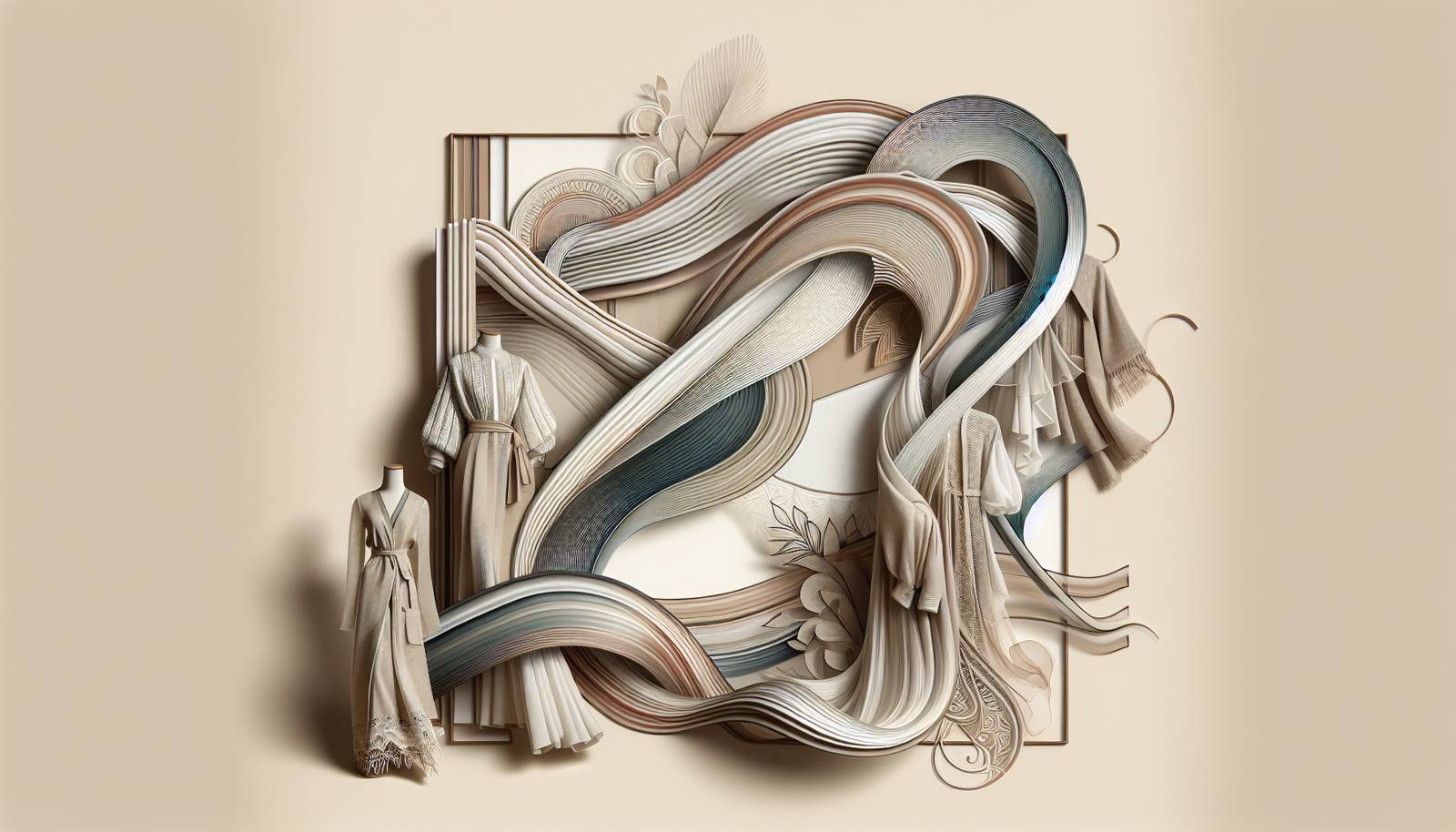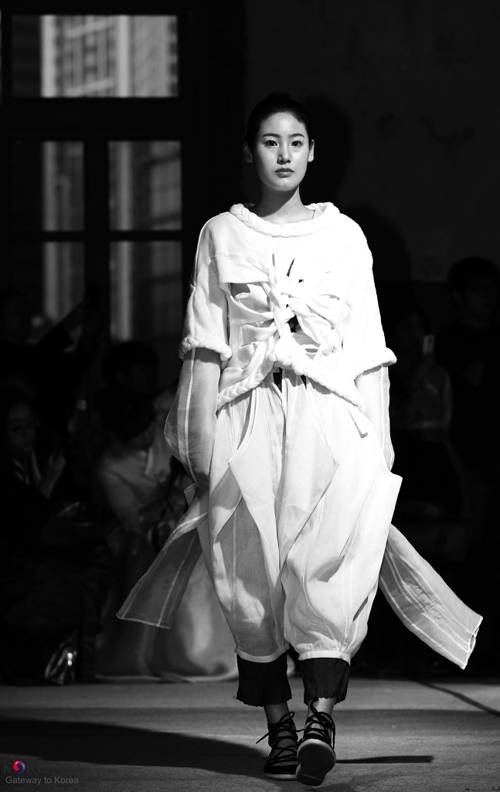
FAQ About The Role of Fashion Shows in Cultural Narratives

What is the primary purpose of fashion shows?
Fashion shows serve as a platform for designers to showcase their latest collections to the public, industry professionals, and media. They are essential for building brand visibility, setting trends, and connecting with potential buyers and consumers.

How do fashion shows contribute to cultural narratives?
Fashion shows contribute to cultural narratives by reflecting societal issues, values, and transformations through clothing and presentation. Designers often use these platforms to express cultural identity, comment on social issues, or celebrate heritage, effectively turning fashion into a storytelling medium.

Can fashion shows influence cultural identity?
Yes, fashion shows have the power to influence cultural identity. By showcasing diverse representations and interpretations of fashion, they can challenge stereotypes, celebrate different cultural heritages, and introduce new cultural symbols into mainstream culture, thus shaping public perception and identity.

What role do fashion shows play in societal reflection?
Fashion shows act as mirrors to society, reflecting current social, political, and economic climates. They often address contemporary issues, such as sustainability, diversity, and equality, prompting dialogue and awareness among audiences and encouraging societal change.

How have fashion shows evolved over time in their cultural significance?
Fashion shows have evolved from exclusive, industry-only events to culturally significant spectacles that are closely tied to global trends and societal issues. They have adapted to include digital platforms and a wider public audience, becoming more inclusive and culturally responsive.

What are some examples of fashion shows influencing societal change?
Some fashion shows that have influenced societal change include events that focused on sustainability, such as Stella McCartney's eco-friendly shows, or those that emphasized diversity and inclusivity, like Rihanna's Savage x Fenty show, which featured a diverse range of models.

How do designers use fashion shows as storytelling mediums?
Designers use fashion shows to present thematic narratives through their collections. This can include the choice of clothing styles, colors, materials, and the show's production elements like music, stage design, and choreography, all crafted to convey a specific story or message.

In what ways do fashion shows reflect current global trends?
Fashion shows reflect global trends in various ways, such as theme selection, fabric choice, and design innovation. They address contemporary issues like technology integration in fashion, sustainability, and multicultural influences, often setting the tone for future industry trends.

What impact do fashion shows have on cultural representation in the industry?
Fashion shows play a critical role in cultural representation by providing a platform for diverse voices and perspectives. This inclusion allows for a broader representation of cultures, helping to combat stereotypes and encourage a more inclusive fashion industry.

How can fashion shows dismantle cultural stereotypes?
Fashion shows can dismantle cultural stereotypes by showcasing diverse and accurate representations of different cultures. By collaborating with designers from various backgrounds and incorporating multicultural elements into their shows, stereotypes are challenged and new cultural narratives are created.

Do fashion shows have a role in promoting sustainable fashion?
Yes, many fashion shows now prioritize sustainable fashion by highlighting eco-friendly materials, ethical production processes, and waste reduction initiatives. These shows raise awareness about sustainability issues and promote the shift towards a more environmentally conscious fashion industry.

How do international fashion weeks contribute to cultural narratives?
International fashion weeks, such as those in Paris, Milan, New York, and London, contribute to cultural narratives by bringing together global talent and showcasing a rich tapestry of cultural influences. They often highlight the global interconnectedness and diversity of fashion, reflecting the cultural dynamics of participating countries.

What is the link between fashion shows and pop culture?
Fashion shows and pop culture are closely linked as fashion often shapes and is shaped by the trends in music, film, and celebrity. Designers frequently collaborate with pop culture icons to amplify their show's impact, making the designs a part of the larger cultural dialogue.

Can fashion shows serve as platforms for activism?
Yes, fashion shows can serve as platforms for activism by addressing social and political issues within their themes. For example, many designers use their shows to promote messages about gender equality, racial diversity, or climate action, thereby engaging in social activism.

What are some challenges fashion shows face today in cultural storytelling?
Challenges include ensuring authentic representation, avoiding cultural appropriation, and balancing commercial interests with creative freedom. Additionally, there is an ongoing need to adapt to changing media landscapes and audience expectations, including the demand for digital accessibility.

How has social media changed the cultural impact of fashion shows?
Social media has amplified the cultural impact of fashion shows by making them accessible to a global audience. Designers can now reach millions instantly, generating immediate discussions and influence worldwide. Social media also facilitates the democratization of fashion critiques and expands participation in cultural narratives.

In what ways do fashion shows highlight multiculturalism?
Fashion shows highlight multiculturalism by incorporating diverse cultural elements into fashion designs and presentations. This includes using traditional fabrics, techniques, and motifs from different cultures, thus promoting cross-cultural dialogues and appreciation.

What is the future of fashion shows in cultural narrative development?
The future of fashion shows lies in increasing digital integration, personalization, and inclusivity. As they continue evolving, fashion shows are likely to further embrace technology, from virtual reality to live-streaming, and emphasize narrative-driven presentations that mirror societal shifts and diversity.

How do fashion shows integrate social commentary into designs?
Fashion shows integrate social commentary by consciously incorporating elements that address contemporary societal issues, such as political statements, cultural motifs, or symbolic color schemes. By doing so, designers use fashion as a medium to comment on and engage with current events.
{
Why is it important to understand the cultural narratives behind fashion shows?
Understanding the cultural narratives behind fashion shows is important because it provides insights into how fashion reflects and influences society. It helps in appreciating the deeper meanings embedded in fashion presentations, enhancing cultural awareness and appreciation of global diversity.
